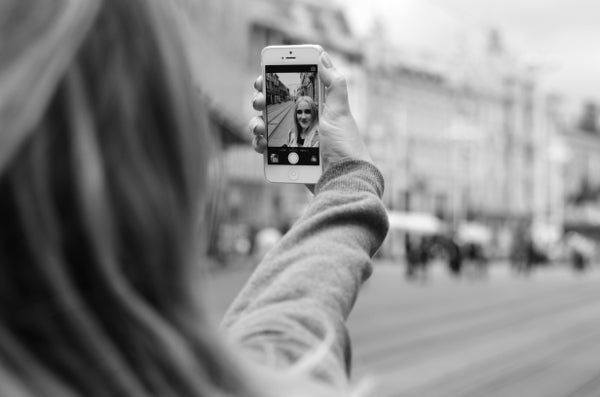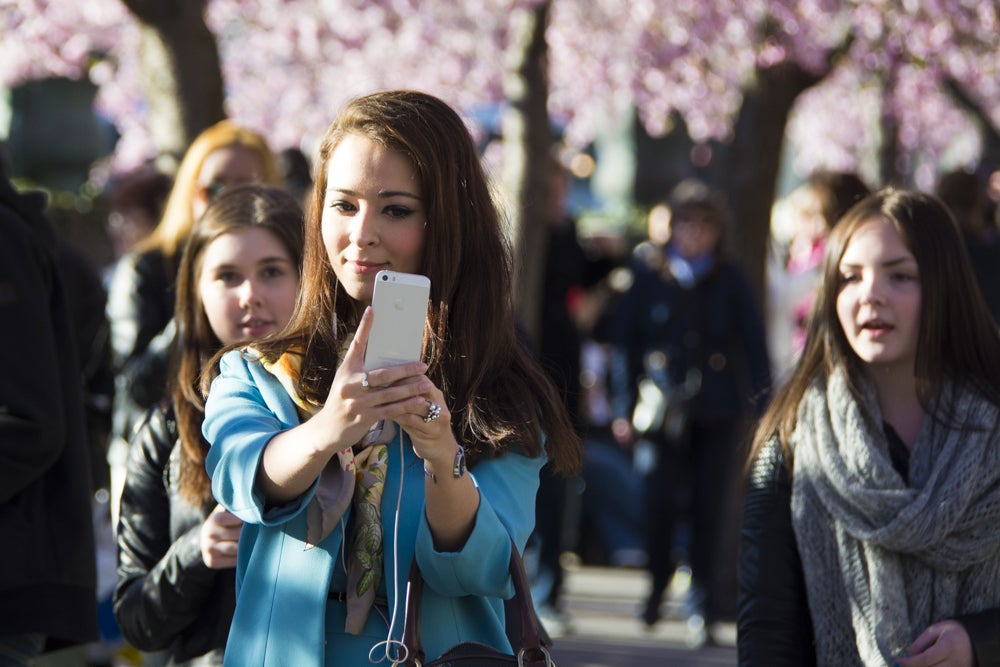
Paško Tomić/flickr
The selfie has firmly entrenched itself as a cultural phenomenon across the globe, but it should take a backseat when it comes to capturing more serious memories and occasions.
We are in an age of the selfie — and we’ve got the selfie sticks to prove it. According to the New York Times, some museums are now banning these extendable photo wands to ensure both the safety of the art and other visitors.
It seems that our seething self-love, once but a ripple in our collective consciousness, has become a ravenous, tsunami-like force. Selfies are the new go-to, and we simply can’t get enough…or can we?

Patrik Nygren/flickr
A new, data-driven study is breaking down how and where these self-portraits happen. A project called SelfieCity is collecting thousands of selfies from the major cities of New York, Moscow, Berlin, Bangkok, and Sao Paulo to gain a better understanding of the selfie and its impact across the globe.
In order to compile these selfie statistics, the SelfieCity team randomly selected 3,200 Instagram photos from each of the five cities, then employed advanced analytics to identify the images, track the age and gender of the photographs’ subjects, and facial recognition software capable of identifying expressions like smiling and frowning.
The study churned out some incredibly interesting, if not overly-specific results. These included the fact that women in Moscow smile the least when taking selfies, whereas people (mostly women) in Bangkok and Sao Paulo smile the most.
In fact, women take more selfies than men do in all five cities. Are these telling differences? Do they signal different interpretations of our digital world?

Kevin Dooley/flickr
Constant technological evolution has led to a growing sense of impermanence throughout our culture. As a result, we rarely take the time to consider the implications of these trends and changes for us as a society.
Snapchat, one of the world’s premier digital messaging apps and selfie platforms, built its success upon the world’s willingness to embrace the temporary over the permanent.
A Business Insider report from last year noted that, among Snapchat’s users, including two-fifths of 18-year-olds in the U.S., “760 million disappearing photos and videos are sent daily” on the app.
While we’re still telling stories with images, they’re becoming increasingly disposable. The picture is rapidly transforming from a way to make a memory or moment last forever into a means for entertainment and low-pressure exchange.
While it’s clear that the selfie isn’t going anywhere anytime soon, it will never be a replacement for the quality photographs and prints that make our memories last forever. It’s hard to see past the underlying narcissism when it comes to selfies, making the images inherently low-brow and less capable of capturing the power of a moment.
Higher quality images will achieve a more satisfying result. Using a service like Printique to create high-quality prints of your photos is a great way to enhance and preserve all life’s precious occasions. Printique also offers custom photo books, so you can keep all of your favorite memories in one place and enjoy them for years to come.
(Main image credits: Paško Tomić/flickr)